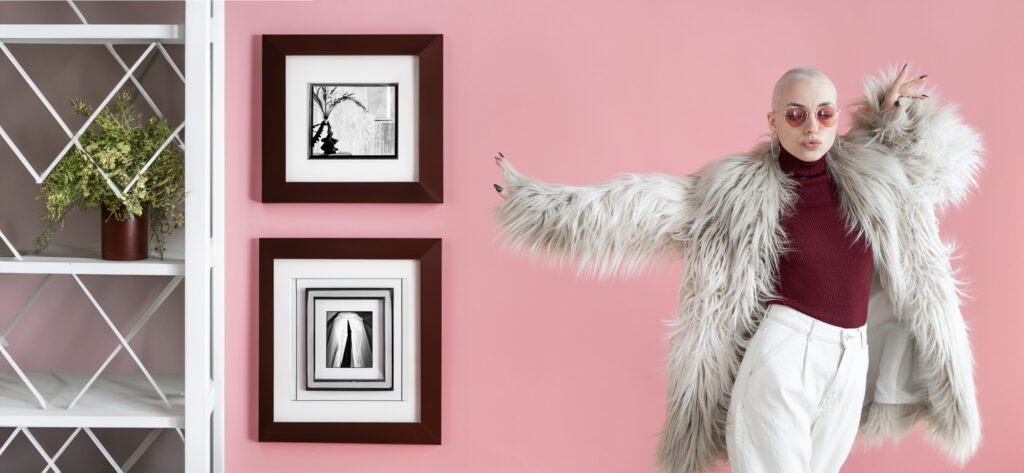The Ripple Effect: How Furniture Purchasing Trends Impact San Diego’s Interior Designers
In the dynamic world of interior design, every element plays a pivotal role in shaping the final masterpiece. Among these elements, furniture design holds a special place, influencing interior design trends, driving creativity, and presenting unique challenges. As we navigate through the nexus of furniture and interior design, we uncover the profound impact of furniture trends on the industry while addressing some of the pertinent challenges that designers face today.
How Does Furniture Design Affect Interior Design?
Furniture isn’t just an accessory; it’s the backbone of interior design. The style, functionality, and placement of furniture profoundly influence the overall look and feel of a space. From minimalist to opulent, furniture choices can amplify a design concept or provide a bold contrast. Integrating furniture seamlessly with the design’s color palette and layout enhances the visual harmony of the space, allowing the designer’s vision to shine through.
What Influences Interior Design Trends?

Interior design trends are dynamic, often influenced by a myriad of factors, including cultural shifts, technological advancements, and even global events. However, one of the most prominent drivers of interior design trends is furniture design. As furniture manufacturers introduce innovative materials, forms, and functionalities, designers are inspired to incorporate these elements into their projects, shaping the prevailing trends that homeowners and businesses seek.
Why is Furniture Important in Interior Design?
Furniture isn’t merely decorative; it serves as a functional bridge between design and human experience. The right furniture selection can enhance the usability and comfort of a space, ensuring that aesthetics are married with practicality. Additionally, furniture choices contribute to defining the purpose of a room – be it fostering collaboration in office spaces or creating cozy nooks in residential interiors.
What are the Challenges Facing the Interior Design Industry?
While the interior design industry is a realm of boundless creativity, it faces its share of challenges. The shifting preferences of clients and the ever-evolving nature of design trends demand adaptability from interior designers. Balancing innovation with timeless design elements, managing budgets, and adhering to deadlines are constant challenges. Moreover, the demand for sustainable and eco-friendly designs adds an extra layer of complexity, pushing designers to find balance between aesthetics and ethical considerations.
Navigating through these challenges requires a deep understanding of both design principles and the broader industry landscape. Interior designers must stay informed about the latest furniture trends, sustainable practices, and emerging technologies to provide holistic solutions that align with clients’ aspirations.
As we conclude this exploration of furniture’s influence on interior design, here are a few tips for aspiring designers and homeowners alike:
1. Balance Aesthetics and Functionality: Strive for a harmonious blend of stunning aesthetics and functional design to create spaces that are both beautiful and practical.
2. Embrace Sustainability: Explore sustainable furniture options that not only contribute to a greener planet but also reflect the conscientious values of modern design.
3. Stay Curious: Continuously seek inspiration from diverse sources, including art, nature, and cultural influences, to infuse fresh perspectives into your designs.
4. Collaboration is Key: Engage in open communication with clients to understand their needs, preferences, and lifestyle, ensuring that the final design resonates with their unique personality.
5. Embrace Adaptability: Embrace change as an opportunity for growth. The design landscape is ever-evolving, and flexibility is essential for success.
In the vibrant realm where furniture meets interior design, every decision ripples through the aesthetic and functional fabric of spaces. By recognizing the power of furniture trends and addressing industry challenges head-on, designers can craft experiences that elevate everyday environments into works of art. So, as you embark on your design journey, remember that furniture isn’t just about aesthetics; it’s a cornerstone of meaningful and transformative design experiences.

